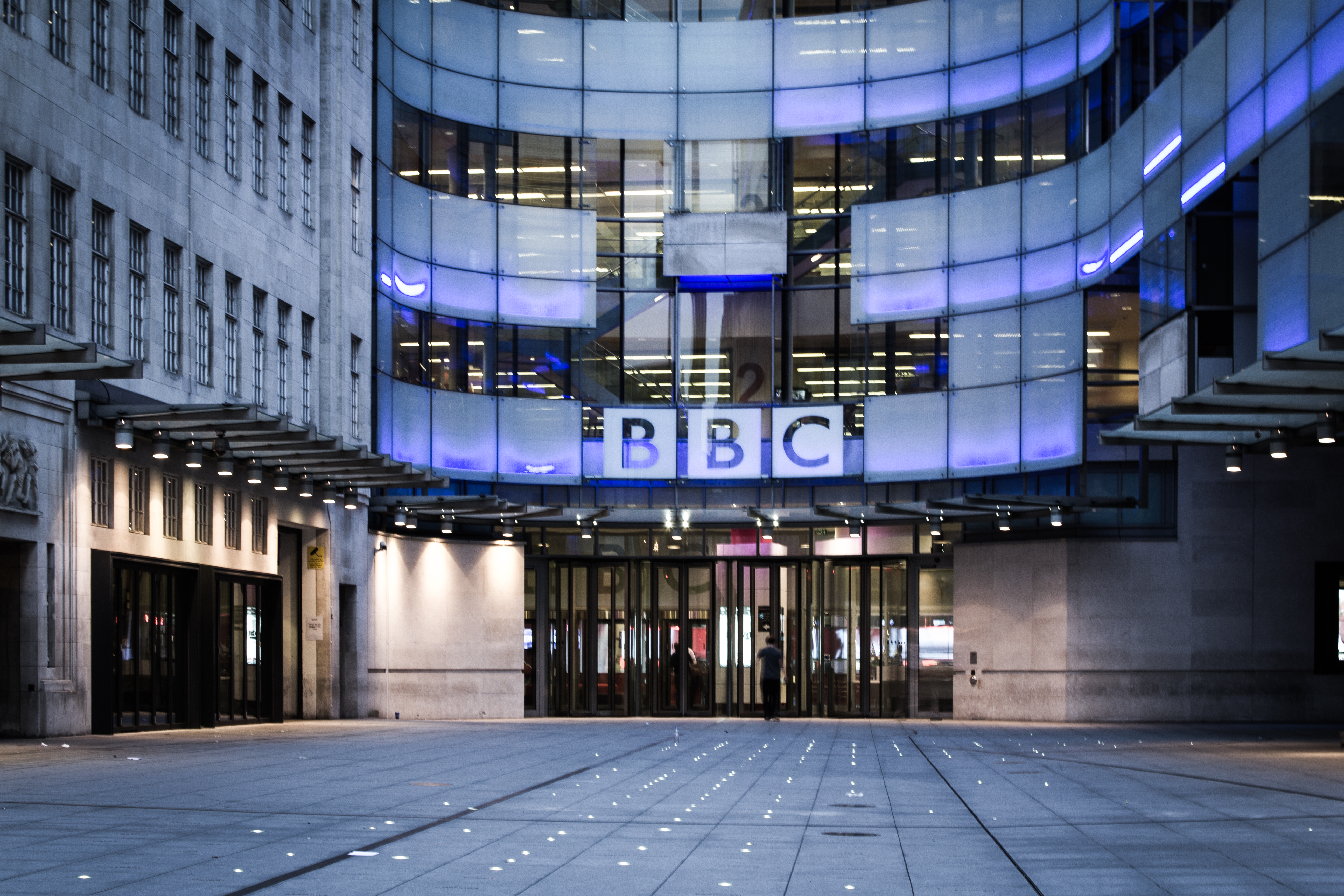I won't if you don't
Today's broadcasters compete fiercely with each other at the local level. Stations wrestle and scrap for every eyeball and advertising dollar. Yet, many of these same stations will hold back implementing new technology, hoping the other guy won't upstage them with something new, which they'll then have to match. We have equilibrium.
How many of you engineering executives can recall the times your requests for a new on-air graphics system or ENG truck were rejected — until a competitor got one? Same thing with weather radar or satellite trucks. As long as the technology playing field was relatively level, no one moved. But, once another station buys a new weather radar or satellite truck, wham, everyone is suddenly competing to buy similar technology. Back to equilibrium.
At a recent DTV conference, I was moderating a panel where the topic was the schedule for implementing local HD broadcasts. A participant asked the panel when stations should begin broadcasting local HD. After a pregnant pause, one GM looked at the others and said, “I won't if you don't.” Equilibrium again.
The problem is that while we've been equal, the competition has surged ahead. Cable now is the direct connection with more than 70 percent of our viewers. We develop billions in dollars of content every year, and what do we get for it from the cable industry? Zero.
Recently, there have been efforts to get broadcasters to cooperate in delivering content to viewers in new ways, ones that would let them participate in the revenue. Such technology would allow broadcasters to get paid for both their content and bandwidth. Two proposals, one on the air, have been voiced.
The first company with an on-air system is Salt Lake City-based U.S Digital Television (USDTV). You can see the company at Booth N101 at the NAB convention. USDTV now provides a digital service in Salt Lake City; Albuquerque, NM; and Las Vegas. For $19.95/month, a viewer gets multiple channels of digital quality signals, including 11 cable network channels, HD, the local broadcast channels and even Internet.
A plan proposed by Emmis Broadcasting has been endorsed by 11 broadcasters. Like the USDTV model, stations combine their excess bandwidth to provide at least 30 channels of digital content. Subscribers could buy their receivers at local stores for $100 and would pay about $25/month.
Get the TV Tech Newsletter
The professional video industry's #1 source for news, trends and product and tech information. Sign up below.
Both approaches require local stations within a market to cooperate by leasing their spectrum to external content packaging firms. These firms then combine the programs, develop the multiplex, route it back to the stations for broadcast, and handle all the overhead, billing and support.
What do stations get out of these deals? Money. Stations are paid a monthly fee based on factors such as coverage and bandwidth provided.
The key to both proposals is that broadcasters have to cooperate — not compete at the bandwidth level. The benefits are obvious: a new competitor to cable; a low-cost, multichannel service for the market; and broadcasters can sell any bandwidth they don't want for their own products. And they get a new revenue stream. So, what's not to like about this?
It upsets the equilibrium. We're still stuck in the “I won't if you don't” mentality.
Send comments to: • editor@primediabusiness.com • www.broadcastengineering.com
